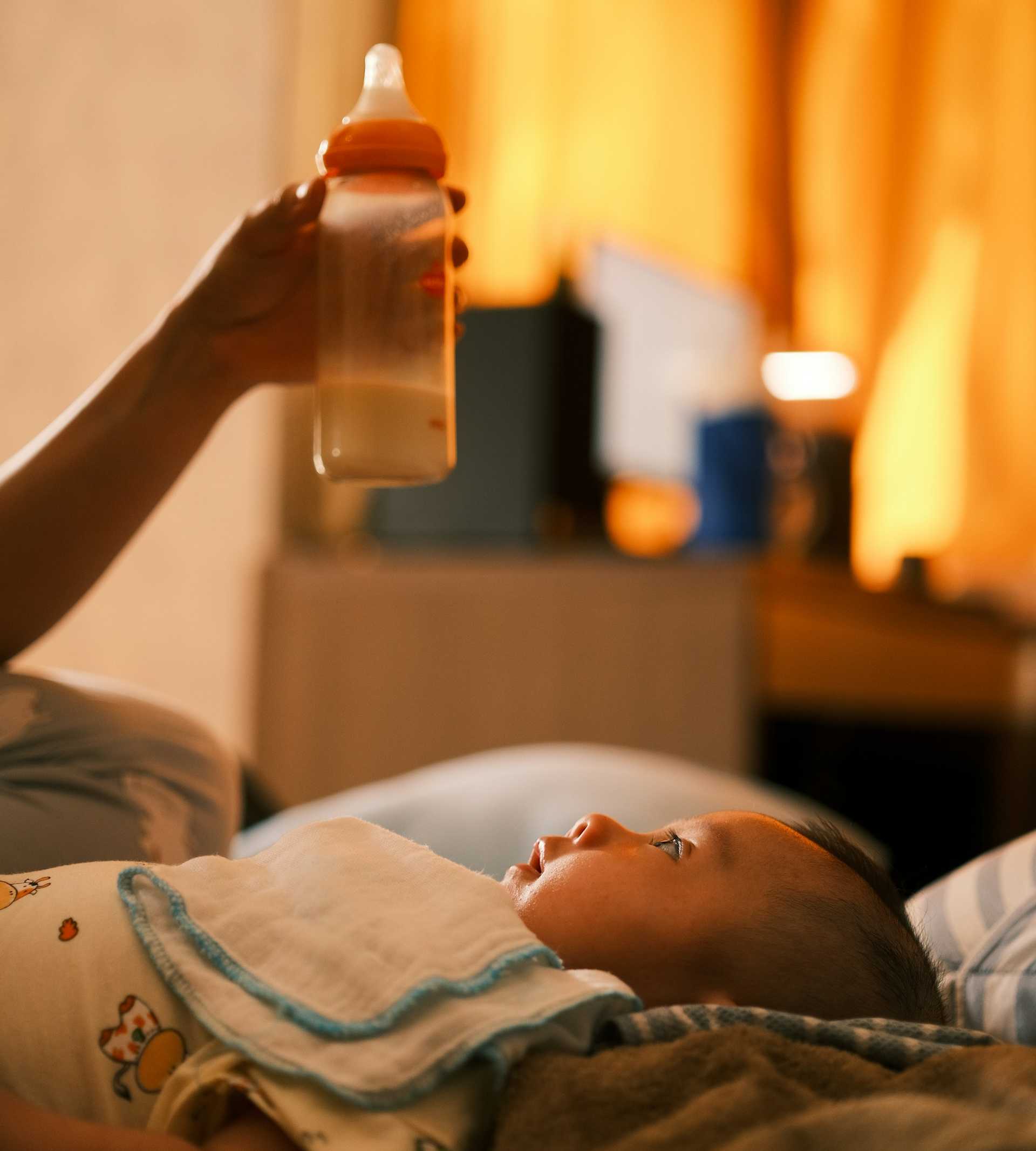Sterilizing and Warming Baby Bottles Safely: A Complete Guide for New Parents

Keeping baby bottles clean and at the right temperature is essential for your baby's health and comfort. In this guide, you’ll learn how to properly sterilize and warm baby bottles, what methods are safe, and what mistakes to avoid.
Why Bottle Sterilization Matters
Babies have developing immune systems, making them more vulnerable to harmful bacteria. Sterilizing bottles helps eliminate:
When is sterilization needed?
Methods for Sterilizing Baby Bottles
Here are the safest and most effective sterilization methods:
1. Boiling Water (Traditional & Reliable)
Place bottles, nipples, and parts in a large pot.
Cons: May wear down silicone parts faster
2. Steam Sterilizers (Electric or Microwave)
Designed specifically for baby gear.
Cons: Requires purchase of a sterilizer unit
3. Sterilizing Bags (Microwave-Safe)
Convenient for travel or small spaces.
Cons: Bag may wear out after ~20 uses
4. Cold Water Sterilizing Tablets
Soak bottles in sterilizing solution for at least 30 minutes.
Cons: Strong smell, must be timed carefully
How to Warm Baby Bottles Safely
Warming bottles isn't always necessary, but many babies prefer warm milk, especially breast milk.
Safe Warming Methods
Unsafe Warming Methods
Ideal Temperature for Feeding
Test a few drops on the inside of your wrist — it should feel lukewarm, not hot. Room temperature is also safe if your baby accepts it.
After Sterilizing and Warming: Storage & Handling
Quick Tips & Best Practices
Sterilize new bottles and equipment before first use.
Final Thought
Sterilizing and warming bottles may seem overwhelming at first, but with the right tools and routine, it becomes second nature. Prioritizing hygiene keeps your baby safe and healthy — and gives you peace of mind.
Why Bottle Sterilization Matters
Babies have developing immune systems, making them more vulnerable to harmful bacteria. Sterilizing bottles helps eliminate:
- Bacteria and viruses
- Milk residue buildup
- Possible mold or yeast
When is sterilization needed?
- Before first use of new bottles
- Regularly during the first 3 months
- After illness
- If using well water or during travel
Methods for Sterilizing Baby Bottles
Here are the safest and most effective sterilization methods:
1. Boiling Water (Traditional & Reliable)
Place bottles, nipples, and parts in a large pot.
- Cover completely with water.
- Boil for 5–10 minutes.
- Let cool before removing with clean tongs.
Cons: May wear down silicone parts faster
2. Steam Sterilizers (Electric or Microwave)
Designed specifically for baby gear.
- Use steam to kill 99.9% of germs in 5–10 minutes.
Cons: Requires purchase of a sterilizer unit
3. Sterilizing Bags (Microwave-Safe)
Convenient for travel or small spaces.
- Add water and bottles, then microwave.
Cons: Bag may wear out after ~20 uses
4. Cold Water Sterilizing Tablets
Soak bottles in sterilizing solution for at least 30 minutes.
- Useful in areas without electricity.
Cons: Strong smell, must be timed carefully
How to Warm Baby Bottles Safely
Warming bottles isn't always necessary, but many babies prefer warm milk, especially breast milk.
Safe Warming Methods
- Bottle Warmers: Even heating with automatic shut-off. Some models preserve nutrients in breast milk.
- Warm Water Bath: Place bottle in a bowl of hot (not boiling) water for 5–10 minutes. Swirl gently to even out heat.
- Running Warm Tap Water: Hold bottle under warm running water, rotating slowly.
Unsafe Warming Methods
- Microwaving: Causes uneven heating and hot spots that may burn your baby’s mouth.
- Stove-top Heating: Hard to control temperature and poses safety risks.
Ideal Temperature for Feeding
Test a few drops on the inside of your wrist — it should feel lukewarm, not hot. Room temperature is also safe if your baby accepts it.
After Sterilizing and Warming: Storage & Handling
- Use immediately after sterilizing or store in a sterile container with a lid.
- Don’t leave warmed milk out longer than 2 hours.
- Never reheat milk more than once.
Quick Tips & Best Practices
Sterilize new bottles and equipment before first use.
- After 3 months, sterilize less often if washing with hot soapy water.
- Always check the nipple and bottle for wear or damage.
- Use a dedicated bottle brush and drying rack.
Final Thought
Sterilizing and warming bottles may seem overwhelming at first, but with the right tools and routine, it becomes second nature. Prioritizing hygiene keeps your baby safe and healthy — and gives you peace of mind.
This content is for informational purposes only and should not be used as a substitute for advice from your doctor, pediatrician or other health care professional. If you have any questions or concerns, you should consult a healthcare professional.
We as the developers of the Erby app disclaim any liability for any decisions you make based on this information, which is provided for general informational purposes only and is not a substitute for personal medical advice.
We as the developers of the Erby app disclaim any liability for any decisions you make based on this information, which is provided for general informational purposes only and is not a substitute for personal medical advice.
This articles might be interesting for you
Moms love Erby App. Try it!
